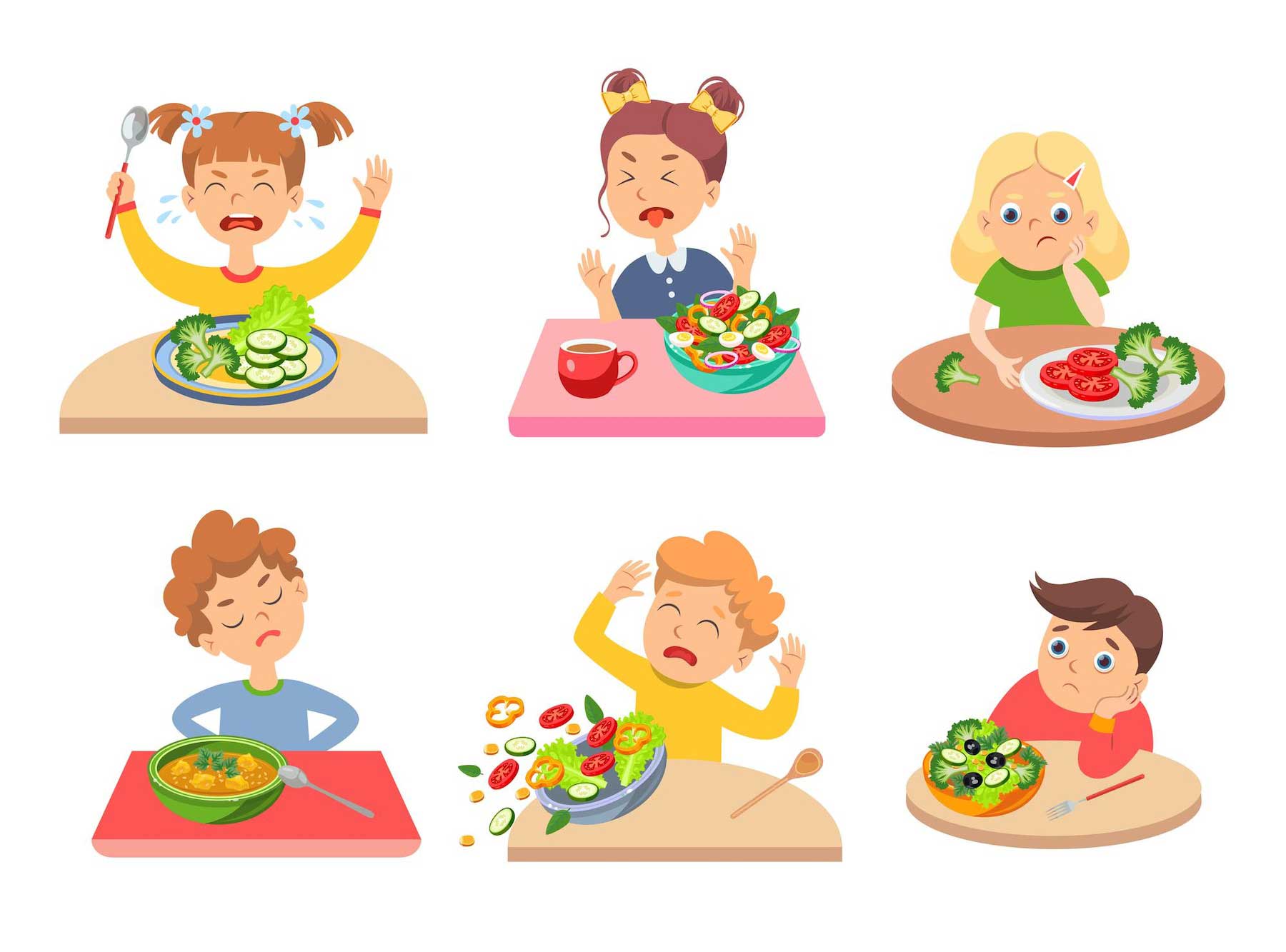Call Us +91 9999916154

Older Children (7-9 Years) after preschool years grow slowly. This is called a latent period of growth. WHO defines 10-18 years children as adolescents. Adolescence is a period of a second growth spurt after infancy.
By the preschool stage, their routine is set and dietary choices become firmer and firmer by the time. There is tremendous peer pressure, irrespective of income group they exhibit wide variation in their food intake. Some well-to-do will eat less while some of them will eat in excess. If properly guided and encouraged, acceptance of fruits and vegetables would be good. A good breakfast helps in attention span, social behaviour, sense of security and contentment and prevents snacking and bingeing.
Adequacy of children's food and nutrient intake depends on:
• Sibling company
• Peer pressure
• Model set by the parent and other adults in the family
• Their personal attitudes and practice
• Harmony at home and stress of school
• Mass media
• Convince foods and fast food joints.
Guidelines for School Children
1. Do not skip breakfast. At least have milk, fruit and cereal. This ensures non-irritable behaviour and a good attention span in school.
2. Carry a nutritious and interesting tiffin. Avoid eating out and in the canteen on daily basis.
3. Avoid junk food. Aerated beverage consumption should be kept minimal. Substitute aerated beverage for lemonade or juice.
4. Have 4-5 meals per day, keep a gap of 3-4 hours. Avoid nibbling.
5. Avoid highly fried and oily dishes. Make proper dish selection while eating out. Avoid too many sweet and sticky foods to prevent dental caries.
6. Regularly exercise or play games outdoor in school and at home. Monitor weight.
7. Eat plenty of fruits and vegetables. They are protective foods which are rich in vitamins and minerals and have dietary fibre
8. Drink plenty of water, especially during sports.
9. Include items from all food groups in the daily diet.
10. Children should consume plenty of milk (3-4 servings/d)
11. Visible fat should not exceed 25 g/d. The taste should be developed for moderate salt intake.
Tips for Tiffin :
1. Paneer parantha with fruits
2. Sprout upma/poha with fruits/sprouts chat.
3. Missi parantha with vegetable (such as carrot, peas, pumpkin, aloo methi)
4. Palak/bathua/methi/missi parantha with oil-free lemon ginger pickle
5. Vegetable and peanut idli with coconut chutney.
6. Paneer and vegetable pulao.
7. Vegetable and nugget noodles
8. Rajma/paneer low fat patty.
© 2022 Priwell Diet. All Rights Reserved | Powered by SoftElixir
